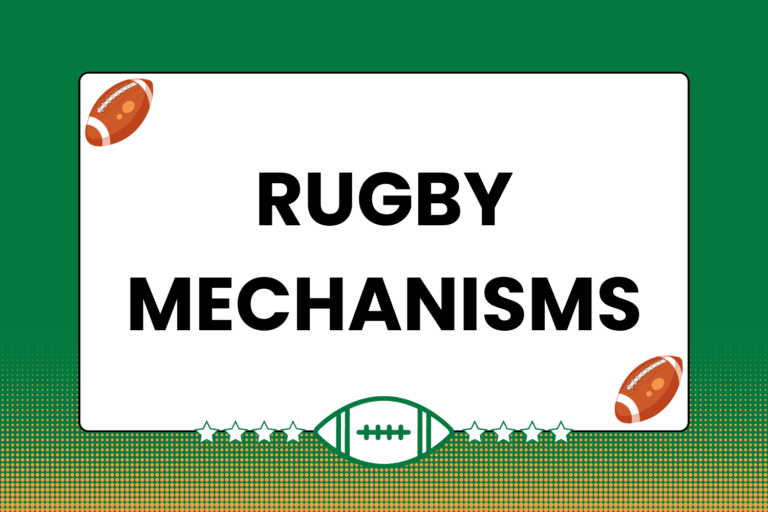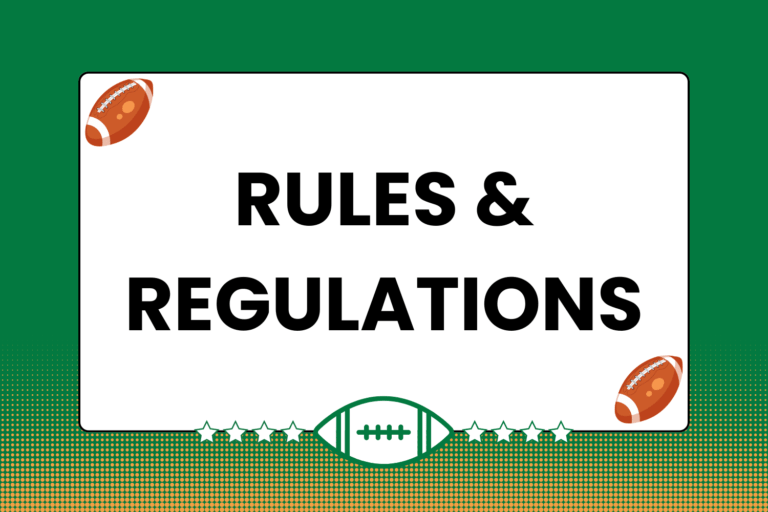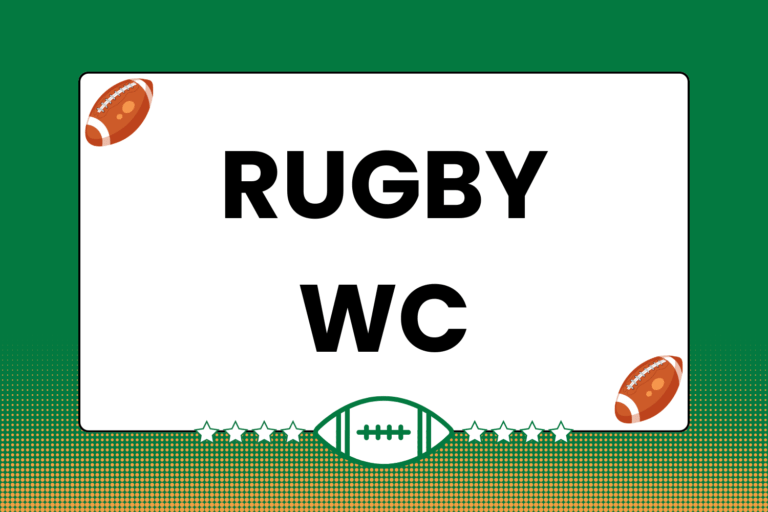The two most common codes (forms) of rugby are Rugby Union and Rugby League. Although both originated from the same game, today they are different enough in style and game-play that the sources of those differences require additional information and explanation.
Right to Contest the Ball
The Right to Contest Possession of the ball basically means the defensive team can try to take the ball away from the offensive team; it is also the biggest difference between the two codes of Rugby, as it has the farthest-reaching effect. In union rugby, the ball is up for grabs at any time except for when penalties take place. This is technically known as ‘the right to contest possession of the ball.’
There are rules concerning how the team without the ball may try and take it from the team that has it. However, the fact that it’s allowed at all is the biggest difference between union and league. Rucks and mauls are the most often observed examples of the right to contest the ball in action, as they allow both teams to vie for control of the ball after the ball carrier has been tackled.
In league, no such contest for possession takes place. The team with the ball has only six ‘attempts’ to score points, the first attempt beginning with the start (or restart of play) and ending the first time the ball carrier is fully tackled to the ground. After the second-fifth tackles, play is restarted when a player from the same team as the ball carrier picks up the ball and passes it out. But after the sixth tackle, if the team possessing the ball hasn’t scored, the ball automatically goes to the other team.
Possession vs. Position
Another difference that stems directly from the ‘six-tackle rule’ vs. ‘right to contest the ball’ split between the two codes deals with strategy behind deciding what’s more valuable: Possessing the ball or deciding where the ball should be played on the pitch. Because defensive players are allowed to try and take the ball from the offense in union rugby, possessing the ball isn’t quite as important as being able to somewhat control where play takes place on the pitch.
For example: If one team has the ball but is very close to its try line, and has failed at several attempts to get the ball away from the line, one player from that team would likely elect to kick the ball away to the other team. This move sacrifices possession of the ball for being able to play the ball at a better (less dangerous) spot on the pitch.
In league rugby, on the other hand, the team with the ball has only six attempts to score points, making possession of the ball a more crucial element than its position. There are exceptions to this (penalties, for example). Generally, though, the team with the ball has a limited number of chances to score, making possession of the ball more favorable than determining its position on the field.
Hot Tip: The Split
To find out why there are two codes of rugby, be sure to check out the ‘An Historic Overview of Rugby’ guide in the About Rugby tab.
Numbers (Scoring & Jerseys)
The methods of scoring in both codes of rugby are the same, though the points awarded for each of them are different.
- A try is worth five points in a union match, while only four points are awarded for a league try.
- Goal/conversion kicks count for two points in both codes.
- Three points are awarded for both a penalty kick and a drop goal in union, while they’re worth two points and one point, respectively, in league.
The jersey numbers associated with forwards and backs are also reversed. However, the only reason for this seems to be simply another way to make League distinct from Union, or vice-versa. The forwards in union wear Nos. 1 through 8 and the backs wear 9 through 15, while in league the forwards wear 8 through 13 and the backs wear 1 through 7.
Pitch Size & Markings
First, the common thread: In both league and union, the actual playing area (not counting the in-goal areas) is almost identical, with a maximum length of 100 meters and a maximum width of 68 and 70 meters, respectively. The differences in size beyond that are with regard to the in-goal zones. Union regulations allow for up to 44 additional meters in pitch length when including the in-goal zones in the measurement (which could total 144 meters in total pitch length). League regulations stipulate that the maximum length including in-goal zones be between 112 and 122 meters.
Also, the markings on the field are unique enough to differentiate one code from the other. Both pitches must clearly designate the try lines, dead-ball lines, and touch lines. Because the pitch measurements can be different, these lines are often different sizes. Here are the biggest differences between Union and League positioning lines:
- On a league pitch, there are lines perpendicular to the touch lines running across the entirety of the pitch from one in-goal zone to the other.
- A union pitch, on the other hand, has lines running across the width of the pitch only at certain distances inward from each try line, namely 10 meters, 22 meters, and the halfway line.
Although it’s not unusual to see marks that denote the measurement of each line, the 50-meter Line – which also marks the middle of the pitch – is the only one that must be indicated on the pitch. There is also a pair of broken lines that run parallel to the touch lines at distances of 10 and 20 meters in from both touch lines. These are used to determine the spot where play will resume after a stoppage.
There are also two hash lines running the length of the pitch located five meters, and parallel to, both touch lines. These are used to mark the playable and unplayable boundaries during line-outs.
Style of Play
When the differences between the two codes of rugby become recognized, it’s natural that certain conclusions about each code should arise, mainly regarding the style of play during a match under each code. The stylistic differences between the two codes can be summed up like this:
- The league version of rugby aims to be played at a faster pace, with an emphasis on scoring tries over kicked goals.
- The union version is a grittier, more grind-it-out version of the game, where points are to be gotten however they can.
Speed takes slight precedence over power and size, as well. League players also need to be slightly more homogenized ruggers, with all players expected to have slightly above-functional abilities in all areas of the game. In other words, they all need to be able to run with the ball, handle the ball, make passes of varying distances and tackle.
Matches are usually won by whichever team better withstands the constant physicality. Union players certainly need to possess all of the same qualities, but with the reliance on the forwards to handle the majority of the rucking and mauling duties. The responsibilities of the forwards and backs are somewhat more distinguishable.
Fun Fact:
While league rugby enjoys a sizable following, union is the more popular of the two codes on an international scale. Union is also the code of rugby played in the United States, and was the type played when rugby was still an Olympic sport. League is most popular in Australia, New Zealand and England.
The Verdict
So is one code of rugby considered the better version of the sport? Aside from personal preference, there really is no objective way to determine which is superior.
The argument could be made that because union rugby has a significantly larger following, it should the “winner.” However, recall the reason for the schism in the first place – namely league’s argument for professional status and pay versus the Union’s rigid stance of amateur status and unpaid players. It would be just as effective a counter-argument to say that the only reason union rugby has the following it does is because it was much cheaper to broadcast and distribute before it turned pro, and that league games were slighted in terms of media attention and therefore didn’t get a fair shot in the contest.
In the end, it really is a matter of preference. And believe it or not, there’s nothing wrong with liking them both.





